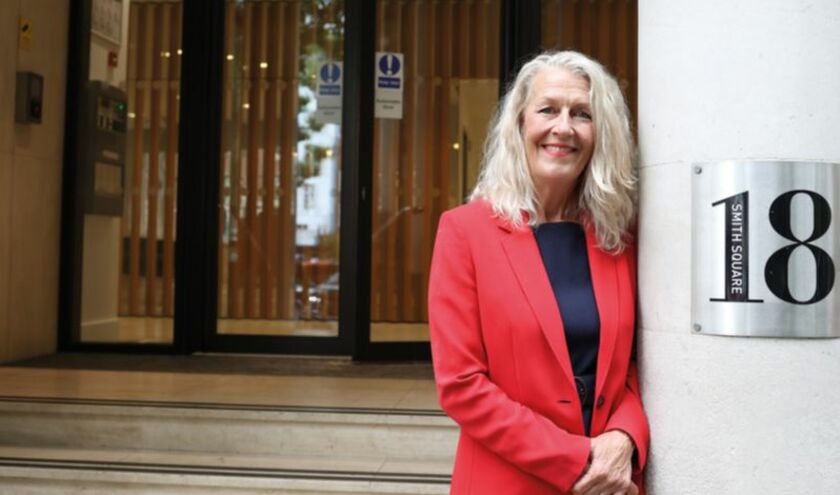While this article went to press, we were coming to the close of another engaging and insightful Annual Public Health Conference, held jointly by the Local Government Association (LGA) and Association of Directors of Public Health.
This year's three-day virtual conference had some fascinating discussions and important reflections on how we tackle the health issues we face.
One of my priorities as chair of the LGA is how we can bridge the widening health inequality gap. It is not right that in England in 2025, how long you live can depend on where you live.
It is staggering when you think of the range of local services councils provide for their local communities every day. Public health is still a relatively recent addition to councils' many responsibilities, returning to the sector just over 10 years ago.
And it is as important as any other, which we saw during the Covid pandemic.
One of my priorities as chair of the LGA is how we can bridge the widening health inequality gap. It is not right that in England in 2025, how long you live can depend on where you live.
The gap in healthy life expectancy between the richest and poorest areas is almost 20 years.
A baby born in the most deprived areas is nearly two and a half times more likely to die in infancy than one born in the wealthiest, while children growing up in poverty are more likely to be living with obesity, less likely to be up to date with vaccinations, and more likely to be admitted to hospital. It doesn't have to be this way.
Earlier this year we held a Smith Square debate – Health inequalities – can councils close the gap? – where we launched a report on Marmot Places, showcasing how councils have led the way in tackling health inequalities at a local level.
More than 50 local areas across England, Wales and Scotland are designated as Marmot Places, showing how collaborative, community-focused initiatives can deliver meaningful change.
Health inequalities are rooted in social and economic conditions, such as housing, education and employment. The pandemic has only exacerbated this.
At the conference I reiterated our call for a national health inequalities strategy, to build on the excellent progress councils have made. With national and local leadership working together, we can create a society where everyone, regardless of their background or postcode, can thrive, and live a healthy life.



